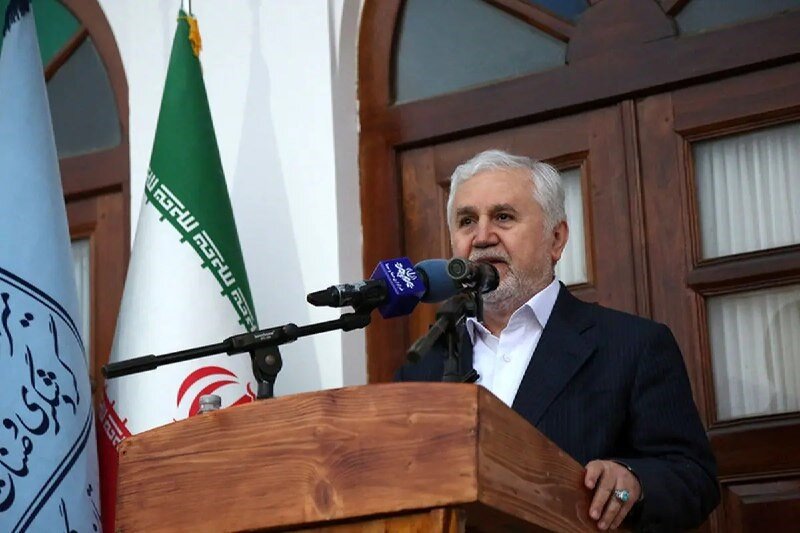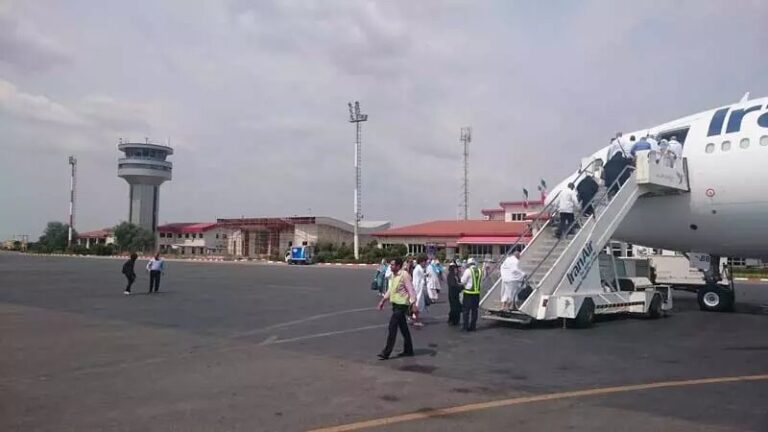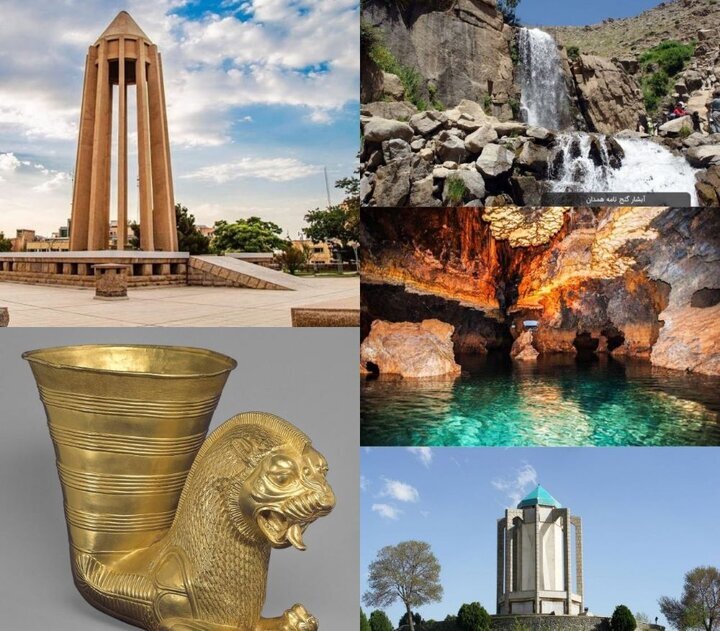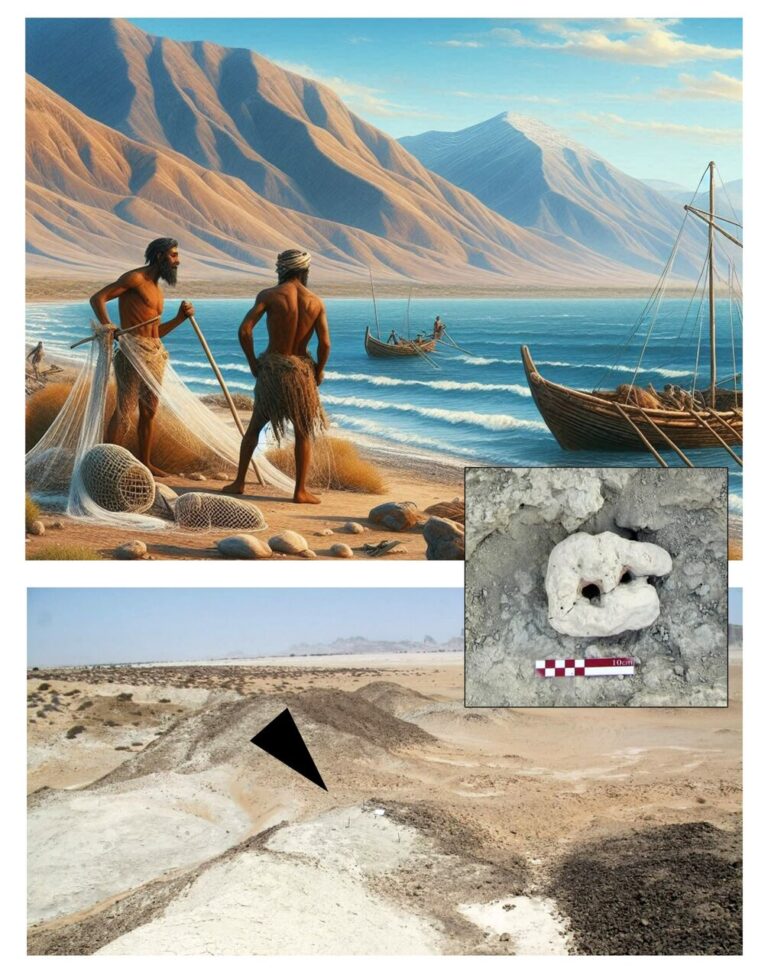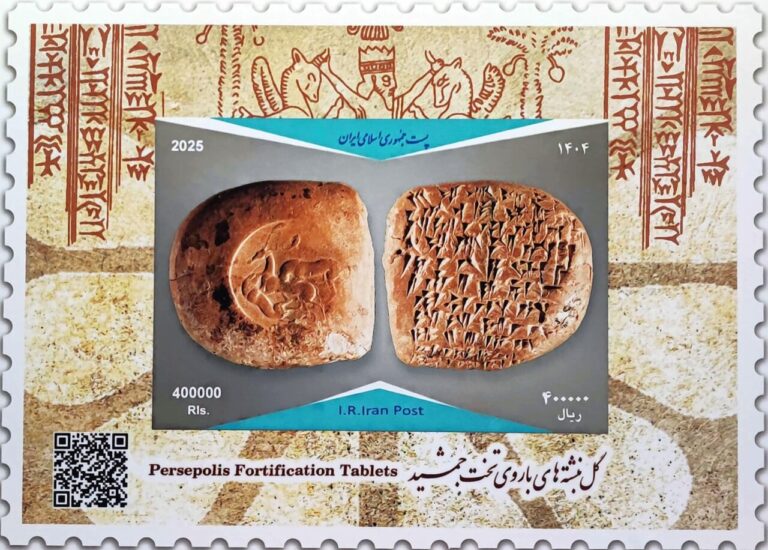Global Registration of Gorgan Great Wall: A New Cultural Heritage Initiative on the Ministry’s Agenda
The Great Wall of Gorgan is gaining attention as efforts to prepare a comprehensive dossier for its potential inclusion in the UNESCO World Heritage list are underway. This ancient structure, which predates the Great Wall of China, is recognized for its historical significance and the numerous benefits its global recognition could bring, including enhanced tourism and cultural exchanges.
During a specialized seminar held at Taqavi School in Gorgan, Deputy Minister of Cultural Heritage, Ali Darabi, emphasized the importance of registering the Great Wall of Gorgan. He stated that global recognition of such monuments not only serves as a symbolic honor but also plays a crucial role in:
- Protecting historical sites
- Developing tourism
- Boosting business opportunities
- Enhancing international cultural interactions
Darabi pointed out that the Great Wall of Gorgan is a unique asset for the country, with the potential to attract billions of dollars in revenue. He announced that new archaeological excavations are set to commence to finalize the dossier for the wall’s global registration. “Our best effort is to submit it to UNESCO and defend it in the next few years,” he said.
Currently, there are 27 tangible, intangible, and natural heritages awaiting recognition on the World Heritage List. Darabi highlighted the need for Golestan province to evolve into a prominent tourism destination. He revealed that the Cultural Heritage Ministry has devised a five-year plan aimed at promoting three key areas:
- Cultural heritage
- Tourism
- Handicrafts
With its abundant natural, historical, and cultural resources, Golestan province is poised to become a significant tourist attraction.
Notably, the historic Tower of Gonbad Kavoos is already recognized as a UNESCO World Heritage Site. Darabi emphasized that this monument belongs not just to Golestan or Iran, but to all humanity. He assured that globally registered sites are protected from attacks and destruction through international conventions and protocols.
The Great Wall of Gorgan is among the most significant ancient structures, standing alongside the Great Wall of China and Hadrian’s Wall in terms of historical importance. The wall, built to safeguard the Sassanian Empire’s frontiers, is a remarkable engineering feat, primarily constructed using clay, fired bricks, and mortar.
Though the exact date of its construction remains debated, many historians believe it was built during the fifth or sixth century CE, under the reign of Khosrow I, one of Persia’s most esteemed kings. The wall’s primary purpose is somewhat enigmatic, but it is widely regarded as a defensive measure against the Hephthalites, also known as the White Huns, with whom the Sassanian Empire had a complex relationship.
In terms of scale, the Great Wall of Gorgan stretches an impressive 195 km, significantly surpassing other similar structures such as Hadrian’s Wall. Its extensive length and complex design highlight its historical significance and architectural sophistication.
Known as the Red Wall or the Red Snake in ancient texts, the Great Wall of Gorgan is remarkable not only for its physical dimensions but also for its technical ingenuity. To facilitate construction, canals were excavated along the defensive barrier to supply water necessary for brick production. These canals were fed by qanats that bridged the Gorgan River, with remnants like the Sadd-e Garkaz still visible, originally measuring nearly one kilometer in length and 20 meters in height.
The Gorgan Wall, along with its associated ancient military monuments, provides invaluable insights into the engineering prowess and military organization of the Sassanian Empire. These structures not only illustrate the empire’s geographic reach—from Mesopotamia to the western Indian Subcontinent—but also demonstrate how effective border defenses contributed to its prosperity and longevity.
In conclusion, the Great Wall of Gorgan stands as a testament to the rich history and cultural heritage of Iran. As efforts for its global recognition progress, the wall could play a pivotal role in fostering tourism and preserving historical sites, ensuring that this extraordinary monument is safeguarded for future generations.
